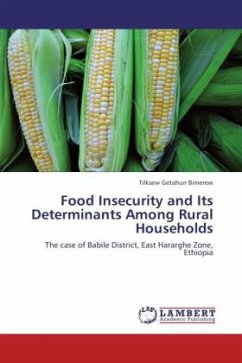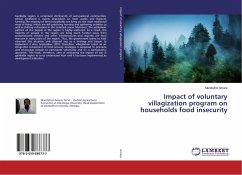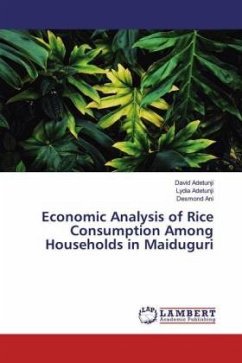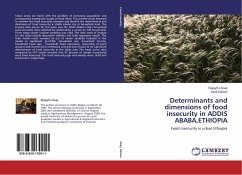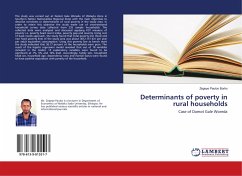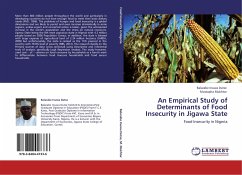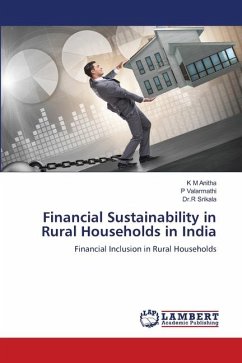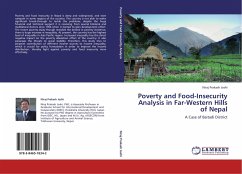Achievement of food security in its totality continues as a challenge not only for developing countries but also for developed countries. The main objectives of the study were to examine the severity of household food insecurity and identify the determinants of household food insecurity in the district.Descriptive statistics, Binary Logit model, and Foster-Greer-Thorbecke index were used as methods of data analysis.Based on the result of descriptive statistics and Foster-Greer-Thorbecke index; 57 percent of the households were found unable to meet the minimum requirement.Similarly, the index identified the food insecurity gap and severity of to be 20 and 6 percent respectively.A binary logit model identified five out of ten variables included in the model as significant. Size of cultivated land, educational status of the household head, annual farm income, use of improved variety, and insect and pest infestation problem were found significant determinants of household food insecurity in the district. The results of econometric analysis made it clear that these determinants were the major determinant of household food insecurity in the district.
Bitte wählen Sie Ihr Anliegen aus.
Rechnungen
Retourenschein anfordern
Bestellstatus
Storno

